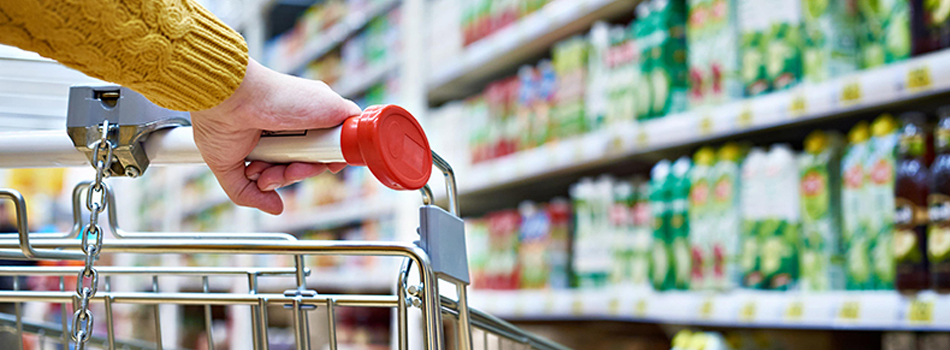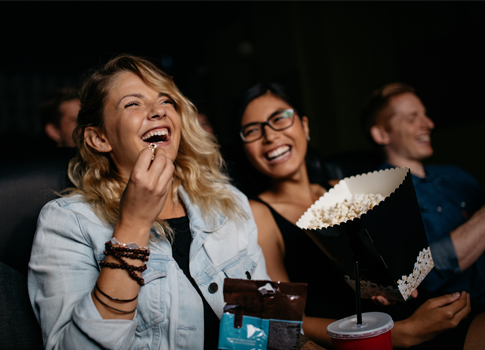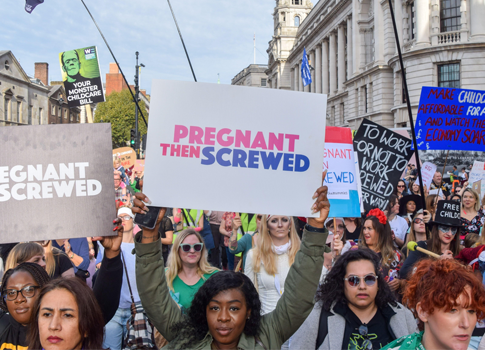Behavioural theorist Nir Eyal’s Hook Model—a four-step process aimed at helping companies identify and improve the habitual potential of new products, has received much praise since its conception.
Whilst the model is usually heavily focused on digital products with its primary aim of creating habits, behaviours done with little or no conscious thought, very much aligns with the ideal goal of most new food and drink products released which want to target consumers to habitually put the item in their trolleys every shop without a second thought.
As such there are a number of key learnings FMCG bands can take from the Hook Model to help in the process of successful New Product Development.
Habit Zone
When first identifying the sort of new products they wish to release, food and drink companies should initially determine the proposed new products habitual potential by honestly plotting two factors:
- Frequency (how often will the product be used and subsequently bought)
- Perceived Utility (how rewarding in taste, quality or convenience will the product be in the target consumers mind over competitor alternatives)
By honestly answering the above 2 questions, FMCG brands can identify whether a new proposed product has the potential to fall within a consumer’s habit zone. In most cases it’s important that food and drink items have the potential to become a habitual part of the target consumers shop as it allows the brand to increase a customer’s lifetime value: the amount of money made from a customer before they switch to a competitor, stop using the product or die. In turn servicing overall business objectives by increasing stock value and growing revenue and future profits.
Triggers
New habits or purchases are unlikely to happen without internal and external triggers to prompt action. Therefore, in relation to their newly proposed products FMCG brands should think about the internal emotional trigger or need that the brand taps into and think about how they can leverage this externally with marketing triggers such as advertising.
Action
After ensuring a clear trigger is present, food and drink companies then need to increase the target consumer’s ability by making the action as easy to do as possible.
In the case of FMCG’s this usually means ensuring very good distribution to ensure consumers have a clear and quick way of purchasing the product after the external trigger.
Investment Phase
Unlike the action phase which needs to bring almost immediate gratification (i.e. a delicious, enjoyable meal or snack) the investment phase needs to focus on future rewards to increase the likelihood of users returning to buy the product again, prompting the habitual ritual of including the product as part of the consumers usual shop.
Ways in which FMCG brands can and have utilised this is by offering rewards based on buying the new product a certain amount of times in a certain period, for example offering a free product if they purchase it four times in four weeks. These types of future rewards load the next trigger to start the buying cycle, increasing the likelihood of the consumer passing through the hook again.
More about the Hook Model can be learned in Nir Eyal’s book ‘Hooked – How to Build Habit-Forming Products’






